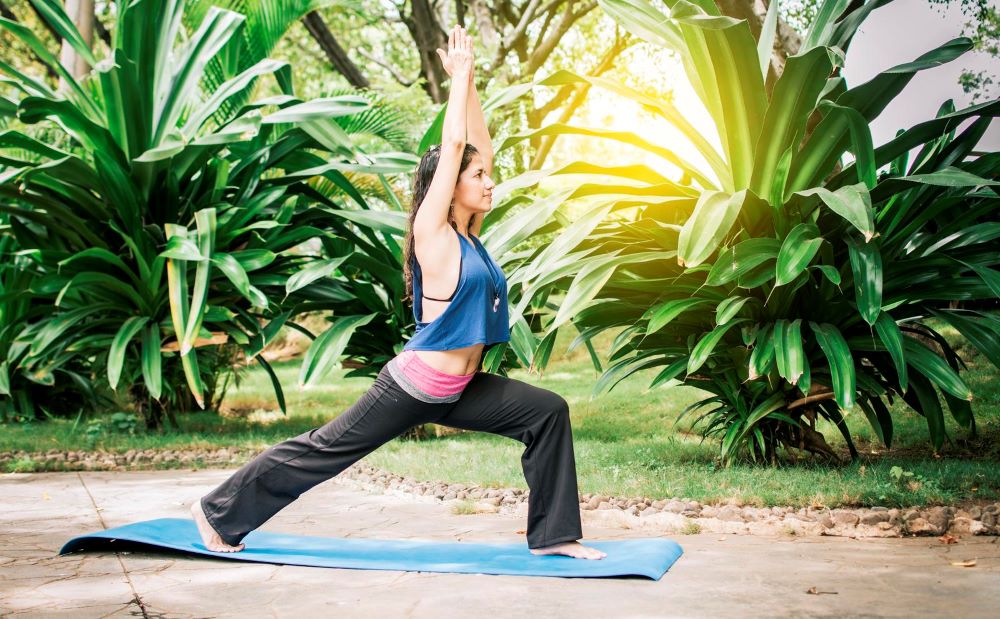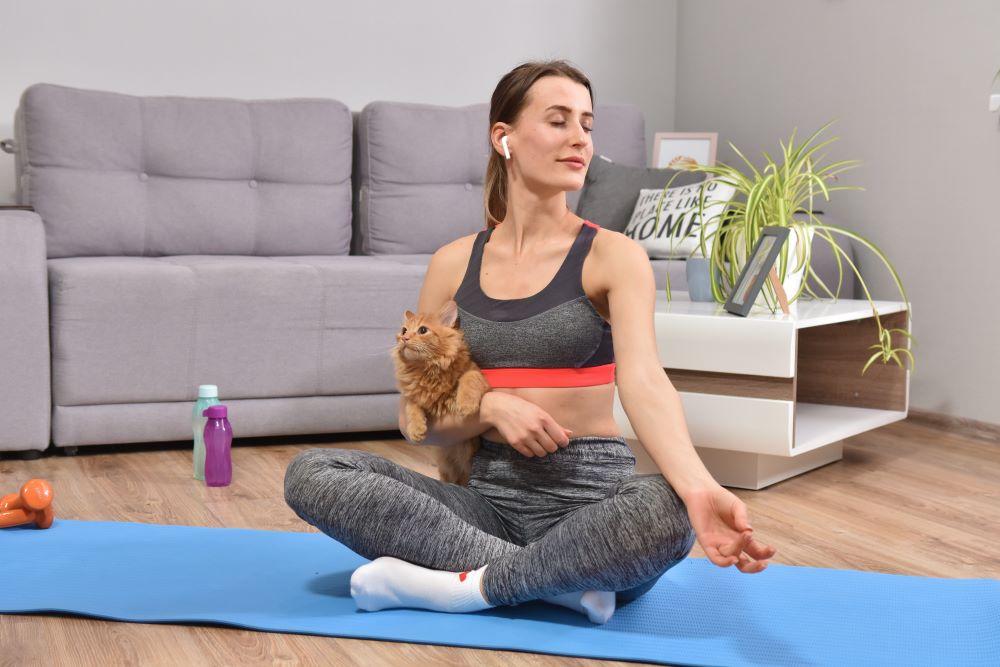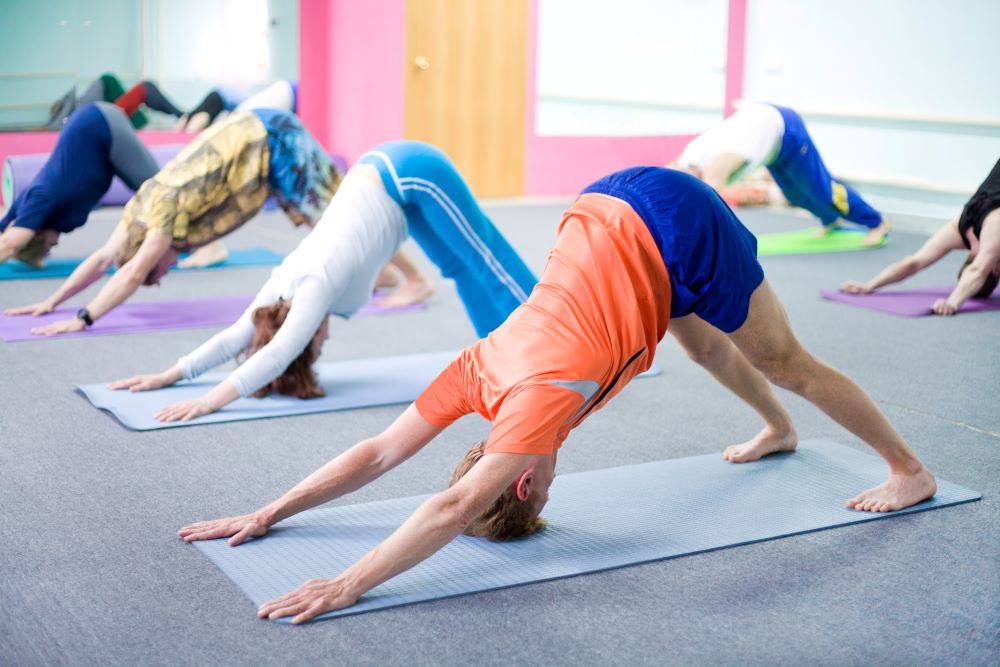Yoga for absolute beginners – where to start.
Welcome to the world of yoga, where you embark on a journey to find inner peace, strength, and balance in your life. As a beginner, you may find yourself bewildered by the array of yoga styles, poses, and philosophies. Fear not, for this comprehensive guide will serve as your compass, helping you navigate the diverse landscape of yoga and discover the profound benefits it can offer.
Exploring Different Yoga Styles and Their Benefits
Yoga is not a one-size-fits-all practice. There are numerous yoga styles, each with its unique focus and benefits. Here’s an overview of some popular types:
- Hatha Yoga: Considered the foundation of all yoga styles, Hatha is a gentle introduction to basic yoga postures, making it an ideal starting point for beginners. It emphasises alignment, balance, and breath control.
- Vinyasa Yoga: Vinyasa is a dynamic practice that links breath with movement. It is known for its fluidity and creativity, enhancing flexibility, strength, and coordination.
- Bikram Yoga: Also known as hot yoga, Bikram consists of a series of 26 challenging poses practised in a room heated to a high temperature. This style promotes detoxification, flexibility, and mental focus.
- Ashtanga Yoga: Ashtanga is a vigorous and structured practice that follows a specific sequence of postures, focusing on breath, strength, and endurance. It’s a more intense option suitable for those seeking a physically demanding practice.
- Iyengar Yoga: Precision and alignment are the hallmarks of Iyengar yoga. Props like belts and blocks are used to help students achieve proper alignment in poses. This style is excellent for those who value attention to detail.
- Restorative Yoga: If relaxation and stress relief are your primary goals, restorative yoga may be your best choice. It involves holding gentle poses for extended periods while using props to support your body. It’s perfect for unwinding and restoring energy.
To select the right style, consider your goals and physical abilities. For beginners, Hatha and Vinyasa yoga classes are often excellent starting points due to their accessibility and emphasis on foundational poses.

Basic Yoga Poses and Sequences for Beginners
Now, let’s delve into the heart of yoga – the poses. Mastering fundamental poses is crucial for a beginner as they serve as the building blocks for more advanced postures. Here are some basic yoga poses to get you started:
- Mountain Pose (Tadasana): This standing pose is the foundation for all other standing postures. It promotes good posture, balance, and a sense of grounding.
- Child’s Pose (Balasana): A resting pose that stretches the lower back, hips, and thighs. It’s an excellent choice for relaxation between more challenging postures.
- Downward-Facing Dog (Adho Mukha Svanasana): A full-body stretch that builds strength in the arms, shoulders, legs, and back. It also increases flexibility in the hamstrings and calves.
- Warrior I (Virabhadrasana I): This standing pose enhances leg strength and flexibility while opening the chest and shoulders. It can instil a sense of confidence and power.
- Corpse Pose (Savasana): Savasana is the ultimate relaxation pose. It helps integrate the benefits of your yoga practice by allowing the body and mind to rest completely.
Begin by practising these poses and gradually progress to more advanced postures and sequences as your comfort and skill levels increase.

Tips for Incorporating Yoga into Your Daily Routine
To experience the full transformative power of yoga, it’s crucial to make it a consistent part of your daily routine. Here are some valuable tips to help you integrate yoga into your life:
- Set a Regular Schedule: Dedicate a specific time each day for your yoga practice, whether in the morning to energise your day or in the evening to unwind.
- Create a Sacred Space: Designate a quiet, clutter-free area where you can practice without distractions. This space should inspire tranquillity and focus.
- Start Slowly: As a beginner, aim for shorter sessions, such as 15 to 20 minutes, and gradually increase the duration as your stamina and flexibility improve.
- Listen to Your Body: Yoga is about self-awareness. Pay close attention to how your body feels during each pose, and never push yourself too hard to avoid injury.
- Stay Consistent: Consistency is critical to reaping the benefits of yoga. Even a short daily practice can significantly impact your overall well-being.
Conclusion
Yoga is a profound journey that can lead you to inner peace, improved physical health, and enhanced mental clarity. By exploring different styles, mastering basic poses, and incorporating yoga into your daily routine, you embark on a path that brings balance, serenity, and transformation to your life. Remember, yoga is a deeply personal journey, so be patient and compassionate with yourself as you progress along this beautiful path of self-discovery. Namaste.
Check out some of our other interesting articles, like this newbie’s guide to cricket!
